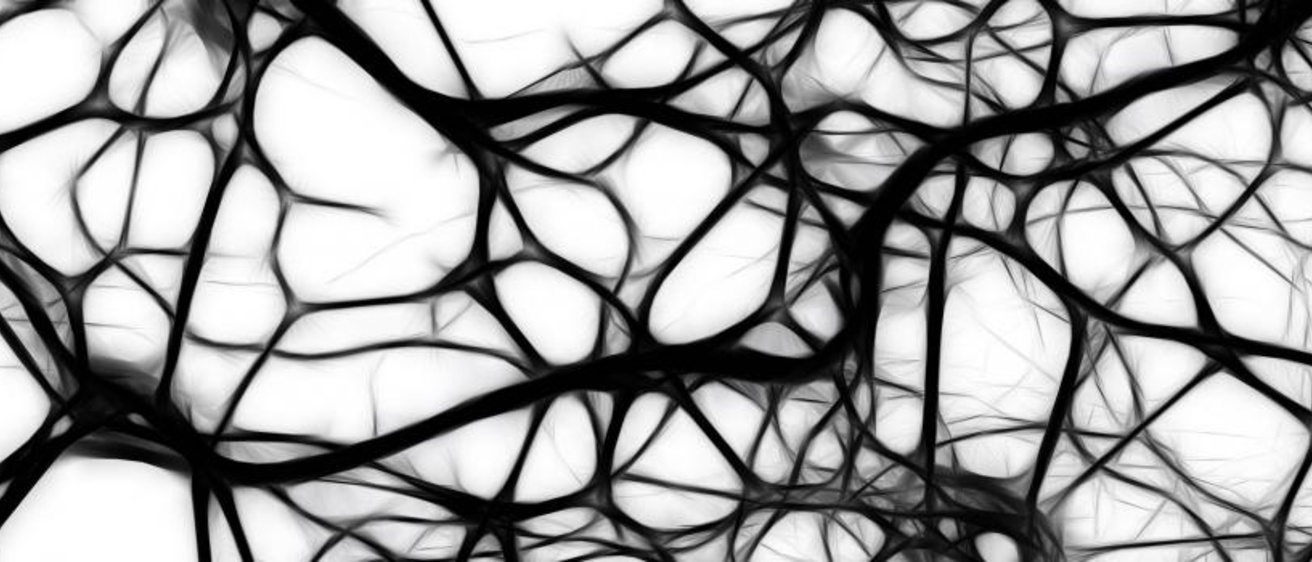Researchers at the University of Iowa and Oregon Health & Science University have found a way to prevent nerve damage caused by chemotherapy drugs. The approach bypasses a biochemical pathway that produces an important energy molecule and suggests a strategy for treating pain caused by some chemotherapy drugs.
Many anti-cancer drugs damage nerve fibers and cause severe and persistent pain known as chemotherapy-induced peripheral neuropathy (CIPN), which can decrease the quality of life for cancer patients and survivors.
The new study focuses on a set of biochemical pathways that are critical for the survival of nerves. In particular, these pathways are involved in producing and maintaining levels of a molecule called nicotinamide adenine dinucleotide (NAD), a central regulator of cell metabolism.
NAD is required for the function of all cells including nerve cells (neurons). CIPN is linked to loss of NAD, but it was unclear whether the nerve damage is due to loss of NAD or to accumulation of an NAD precursor molecule called nicotinamide mononucleotide (NMN).
The new study uses a combination of a candidate drug called FK866, which nearly shuts down NMN synthesis, and an unusual NAD precursor called NAR to force neurons to use an alternative NAD biosynthesis pathway that bypasses NMN formation. The experiments show that reducing levels of NMN while supporting NAD levels protects nerves from damage due to chemotherapy. The findings were published Sept. 26 in the journal PNAS.

“The study shows that NMN accumulation is toxic to damaged nerves,” says study co-author Charles Brenner, PhD, professor and head of biochemistry in the UI Carver College of Medicine. “Because NR (another NAD precursor) is neuroprotective in models of diabetic and chemotherapeutic neuropathy, this was a surprising finding of strong mechanistic interest. Our next steps are to understand how NMN damages neurons and to see whether NAR plus FK866 constitute a practical and drug-like improvement over the nutritional support provided by NR.”
The latest study was done using cultured neurons. Brenner and Richard Goodman, MD, PhD, senior scientist and professor at the Vollum Institute of Oregon Health & Science University, plan to extend the work to study neuroprotection in mice and rats with the ultimate goal of determining whether the findings might be translated into new therapies to help prevent CIPN in cancer patients.
The research was supported by grants from the National Institutes of Health and the Roy J. Carver Charitable Trust.
Brenner owns stock in and consults for ChromaDex, Inc. and consults for Cytokinetics, Inc.
